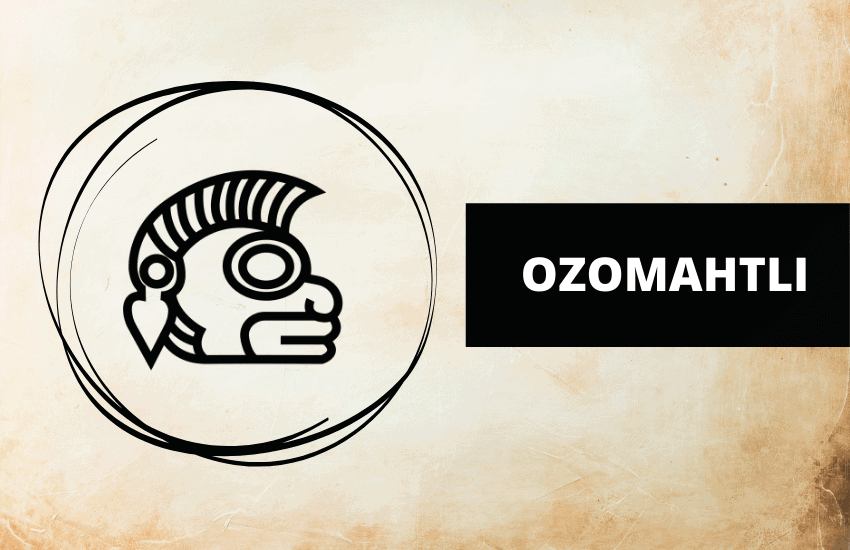
Table of Contents
Ozomahtli is an auspicious day in the ancient Aztec calendar, associated with celebration and play. As each day of the sacred Aztec calendar had its own symbol and was governed by a deity, Ozomahtli was symbolized by a monkey and ruled by Xopichili.
What is Ozomahtli?
The Aztecs organized their lives around two calendars – one for agricultural purposes and the other a sacred calendar for religious purposes. Known as the tonalpohualli, it had 260 days divided into periods of 13 days each (known as trecenas).
Ozomahtli (or Chuen in Maya) was the first day of the eleventh trecena. It’s regarded as a joyful day for celebrating, playing, and creating. The Mesoamericans believed that the day Ozomahtli was a day for being frivolous, not for being serious and gloomy.
Symbolism of Ozomahtli
The day Ozomahtli is represented by the monkey, a creature associated with fun and merriment. The monkey was seen as a companion spirit to the deity Xochipili.
The Aztecs believed that anyone born on day Ozomahtli would be dramatic, clever, adaptable, and charming. Ozomahtli was also considered a sign of how easily someone can become tempted and trapped by the aspects of a public life.
The Governing Deity of Ozomahtli
The day Ozomahtli is governed by Xochipili, also known as the Flower Prince or Prince of Flowers. Xochipili is the Mesoamerican god of pleasure, feasting, artistic creativity, flowers, and frivolity. He was responsible for providing the day Ozomahtli with tonalli, or life energy.
In Aztec mythology, Xochipili was also known as Macuilxochitl. However, in some accounts Macuilxochitl and Ixtilton, the god of games and the god of medicine respectively, were named as his brothers. Therefore, there is some confusion as to whether Xochipili and Macuilxochitl were the same deity or simply siblings.
FAQs
While the day Ozomahtli is ruled by Xochipili, it’s also sometimes associated with two other deities – Patecatl (the god of healing and fertility) and Cuauhtli Ocelotl. However, there is hardly any information about the latter and it’s not clear whether such a deity might have actually existed.








